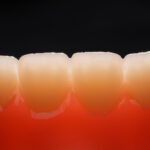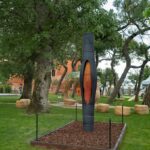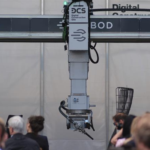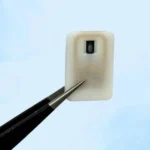Virginia-based Aeroprobe’s new metal 3D printing technology is generating a lot of buzz for its ability to print without melting. MELD, has been working on a method that uses friction and pressure instead of traditional heating. As a result, it produces parts with significant structural advantages without the need for lasers or a vacuum chamber.
The team at MELD Manufacturing Corporation have been working on the method for about 10 years. It operates with the use of a robotic arm that applies heat and pressure to metal powders and rods as its main material. Through the use of pressure and friction, the arm weakens the metal to the point of malleability. Once in this state, the metal is ready to turn into an object.
In many ways this process is similar to FDM, mostly due to its use of viscous solid materials. The company has titled their first MELD machine the B8. MELD will also provide custom versions that suit industrial needs. The University of Virginia was one of its first customers, back in January.
Advantages of MELD Technology
According to MELD’s Additive Manufacturing Manager Chase Cox, “when you melt, you introduce weakness and other issues. By taking the material up to a point where it is malleable but not melted, we end up with properties that meet or exceed similar processes and, in some cases, even those of the original material.”
The MELD technology gains quite a few advantages. For one, they have lower levels of porosity. By avoiding the melting altogether, the MELD process also allows for more consistent metal prints.
While the company has not announced a price officially, there are indicators that it may be cheaper than the competition. The most prominent of these is the lack of a vacuum chamber or laser tech. These features drag up the price a lot, so it stands to reason that these machines can certainly slash the prices in that area. Another benefit of not having a vacuum chamber is higher build volumes.









